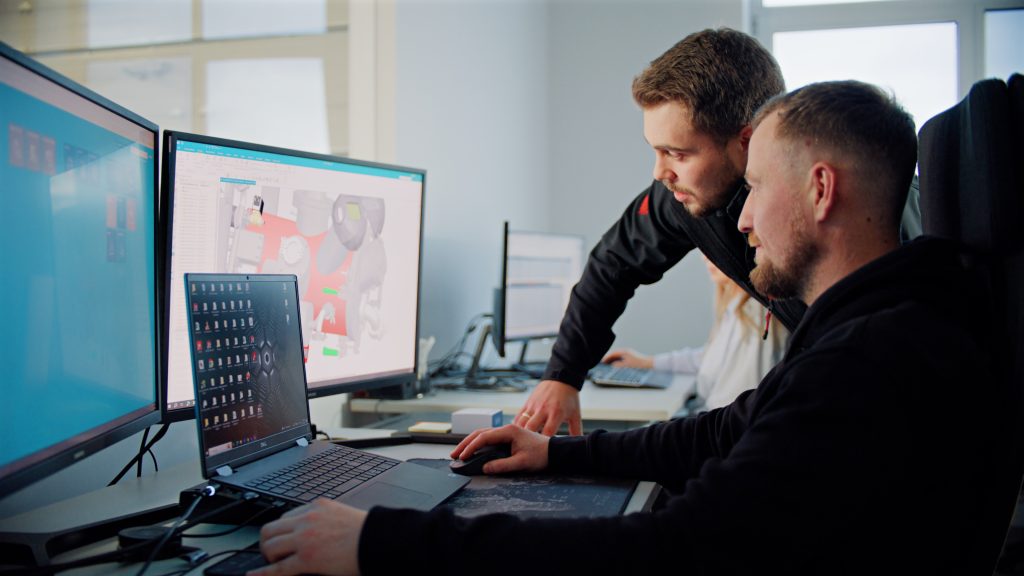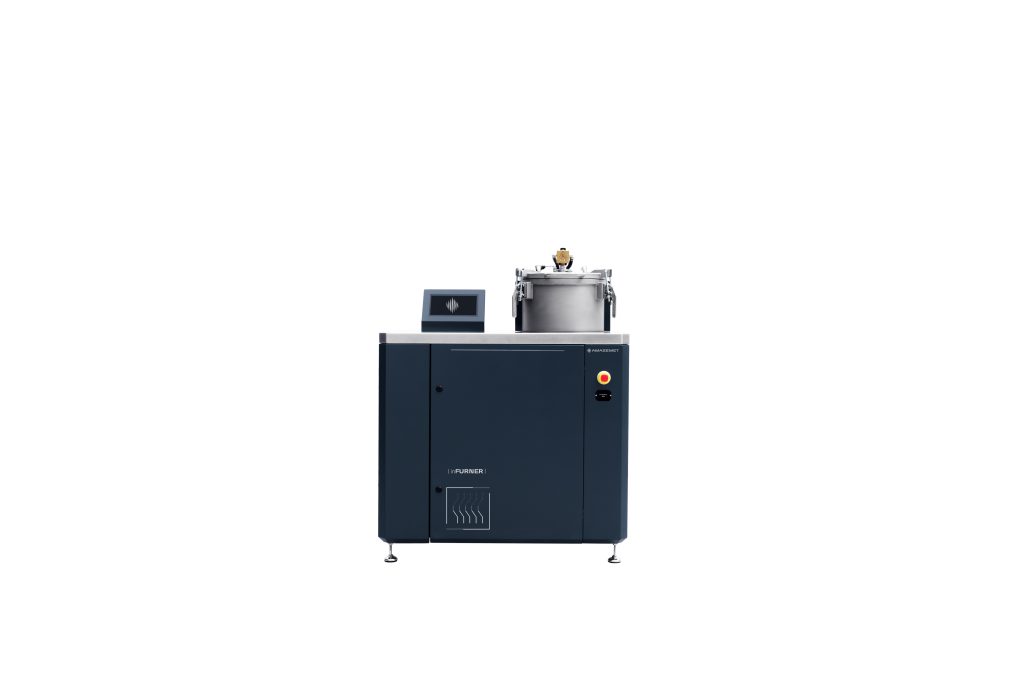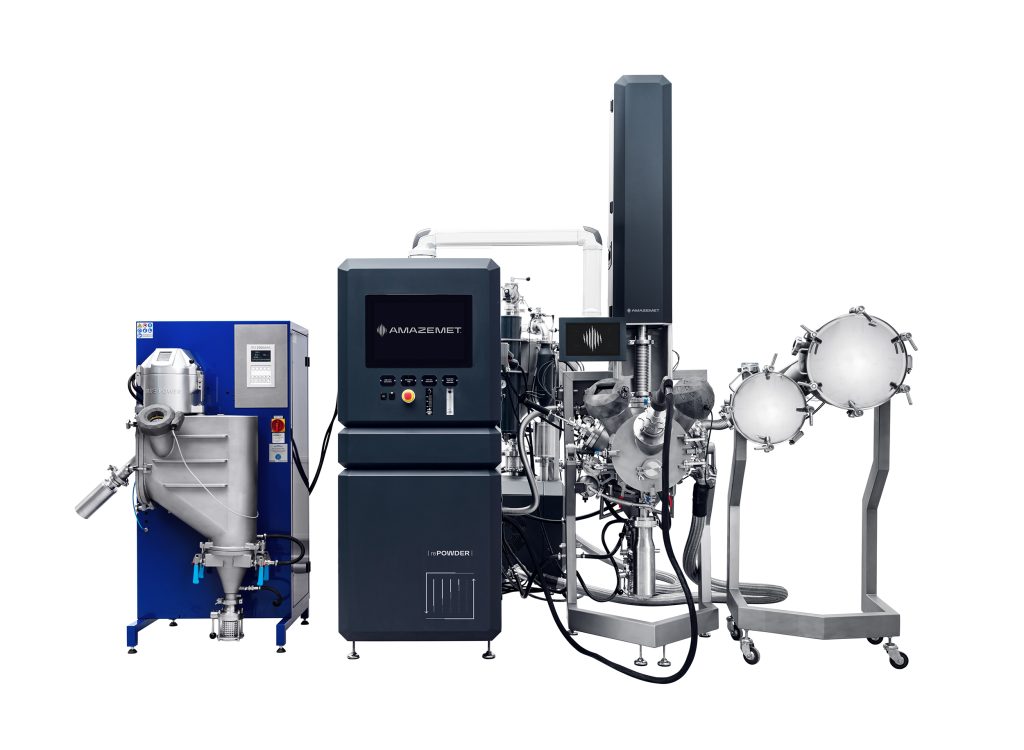Polish metal 3D printing company Amazemet has adopted industrial manufacturing firm Siemens’ Xcelerator software portfolio.
The Warsaw University of Technology spin-out is leveraging Siemens’ workflow management software to develop its metal powder atomizers and 3D printing post-processing equipment.
Founded in 2016, Amazemet’s ultrasonic atomization units enable in-house production of metal powders for additive manufacturing.
Over the past four years, the company has scaled up its operations and grown its team. Consequently, it has sought to centralize its data to prevent costly errors, such as sending incorrect designs to production.
“That’s why we went digital with Siemens Xcelerator to streamline our growing data from designing and producing our technologies,” explained Amazemet CEO Łukasz Żrodowski. The Amazemet engineering team is leveraging Siemens’ Xcelerator software to help bring its products to market and further scale the company’s operations.
“The Siemens Xcelerator portfolio enhances our efficiency, providing a single platform for managing documentation, product development, and manufacturing processes. Its scalability supports our continuous growth, streamlining documentation management, accelerating design and removing obstacles to expansion,” added Żrodowski.

Amazemet adopts Siemens Xcelerator
Amazement is utilizing Siemens’ NX software and Teamcenter X software, which are both part of the Xcelerator portfolio. These platforms are being used to aid the development of its post-processing technology, which includes the inFurner high vacuum furnace.
The furnace, which can heat up to 1600℃, is designed to provide reliable heat treatment for 3D printed metal parts. This is an essential step in metal additive manufacturing, key enhancing mechanical properties such as hardness, strength, and fatigue resistance.
Siemens NX is a computer-aided design/manufacturing (CAD/CAM) software targeted towards the design, analysis, and manufacturing processes in 3D printing. NX CAD allows designers to create 3D models, analyze product design feasibility, and share data to accelerate production cycles. The platform also enables users to generate lattice structures, perform build simulations, and prepare parts for 3D printing.

According to Żrodowski, the NX software has resulted in a significant reduction in product development times. It has also improved the stability and reliability of rePowder, the company’s ultrasonic atomizer which can produce powdered metal feedstock from any alloy material.
Amazemet is also leveraging Teamcenter X for its cloud-based Product Lifecycle Management and collaboration tools. This reportedly ensures that all of the company’s files and service documentation are accessible anywhere and at any time.
Mariusz Zabielski, vice president, Country Manager Poland and Czech Republic, Siemens Digital Industries Software, believes that accessibility challenges still need to be overcome before additive manufacturing can achieve more wide-scale adoption.
“It’s great to see a Polish company bringing new technologies to market and enhancing Poland’s position as a crucible of true innovation in the additive manufacturing space,” stated Zabielski.
“Amazemet are another perfect example of how innovators and pioneers across a wide range of industries are adopting the Siemens Xcelerator portfolio of industry software to digitally transform and scale their businesses and fulfill the promise of widespread metal additive manufacturing adoption.”

Accelerating metal 3D printing with software
Siemens’ Xcelerator suite is not the only software designed to optimize metal 3D printing. At last month’s Additive Manufacturing Users Group (AMUG) 2024 conference in Chicago, Belgian 3D printing company Materialise introduced its e-Stage for Metal+ software.
This offering employs physics-based modeling to streamline data and build preparation for laser powder bed fusion (LPBF) 3D printing, with automated generation of support structures.
Designed to increase accessibility to metal additive manufacturing, e-stage for Metal+ can predict areas prone to deformation during the 3D printing process. Supports are then generated to mitigate this, preventing 3D print failures and streamlining post-processing. According to Materialise, this reduces the learning curve for metal 3D printing, facilitating increased adoption within industrial manufacturing applications.
Last Berlin-based software company 1000 Kelvin announced the full commercial launch of its AMAIZE AI-driven software for metal 3D printing. AMAIZE employs artificial intelligence (AI) to create 3D print recipes which ensure accurate 3D printing at the first attempt.
Once a file has been uploaded to the AMAIZE cloud, the software analyzes the part and automatically addresses any thermo-mechanical issues by optimizing scan strategy and process parameters. This eliminates the need for expensive element simulation software and minimizes the number of physical iterations.
What does the future of 3D printing hold?
What near-term 3D printing trends have been highlighted by industry experts?
Subscribe to the 3D Printing Industry newsletter to keep up to date with the latest 3D printing news.
You can also follow us on Twitter, like our Facebook page, and subscribe to the 3D Printing Industry Youtube channel to access more exclusive content.
Featured image shows Amazemet engineers using Siemens’ Xcelerator software. Photo via Amazemet.

